https://repositorio.cetys.mx/handle/60000/870| Campo DC | Valor | Lengua/Idioma |
|---|---|---|
| dc.contributor.author | Cortés-Ruíz, Alejandra | - |
| dc.contributor.author | Azuz-Adeath, Isaac | - |
| dc.contributor.other | CETYS Universidad | es_ES |
| dc.date.accessioned | 2020-09-11T20:06:09Z | - |
| dc.date.available | 2020-09-11T20:06:09Z | - |
| dc.date.created | 2020-05-21 | - |
| dc.date.issued | 2020-08-20 | - |
| dc.identifier.issn | 1606-9749 | - |
| dc.identifier.uri | https://repositorio.cetys.mx/handle/60000/870 | - |
| dc.description.abstract | This paper shows the actual conditions of freshwater availability in Baja California (BC), Mexico. It aims to estimate the water needs by 2030, and propose scenarios to move out of the scarce water region classification defined by international organizations. A population of 4.1 million people was defined for year 2030 as a target to provide at least 1,000 m3 of water per capita. As agriculture is the main water consumer in the region, empirical decomposition and optimization methods were used to define the trend line of the principal crops production and to establish the optimum conditions for planted surface reduction and water gain. The results show that by 2030, BC will need a total of 4,105 hm3 of water to be classified as a non-water scarcity region; in 2018, BC had 3,045 hm3 of renewable water per year, therefore 1,060 m3 will be needed. The best option in economic terms to attain this goal was the reduction of croplands in Mexicali with a cost of around 82 million US dollars. Although this option is the best quantitatively, the political and social implications of it are enormous, however, the correct management of the resource in critical conditions will require difficult decisions. | es_ES |
| dc.description.sponsorship | Water supply | es_ES |
| dc.language.iso | en | es_ES |
| dc.relation.ispartofseries | 20;5 | - |
| dc.rights | Atribución-NoComercial-CompartirIgual 2.5 México | * |
| dc.rights.uri | http://creativecommons.org/licenses/by-nc-sa/2.5/mx/ | * |
| dc.subject | Agriculture water consumption | es_ES |
| dc.subject | Baja California (State) | es_ES |
| dc.subject | Forecast | es_ES |
| dc.subject | México | es_ES |
| dc.subject | Water scarcity | es_ES |
| dc.title | Estimating the future hydric needs of Baja California, Mexico. assessment of scenarios to stop being a region with water scarcity | es_ES |
| dc.title.alternative | Water supply | es_ES |
| dc.type | Article | es_ES |
| dc.description.url | https://doi.org/10.2166/ws.2020.198 | es_ES |
| dc.identifier.indexacion | Google Scholar | es_ES |
| dc.subject.sede | Sistemas | es_ES |
| Aparece en las colecciones: | Artículos de Revistas | |
| Fichero | Descripción | Tamaño | Formato | |
|---|---|---|---|---|
| Water supply.pdf | Water supply | 65.55 kB | Adobe PDF |  Visualizar/Abrir |
Este ítem está protegido por copyright original |
Este ítem está sujeto a una licencia Creative Commons Licencia Creative Commons


